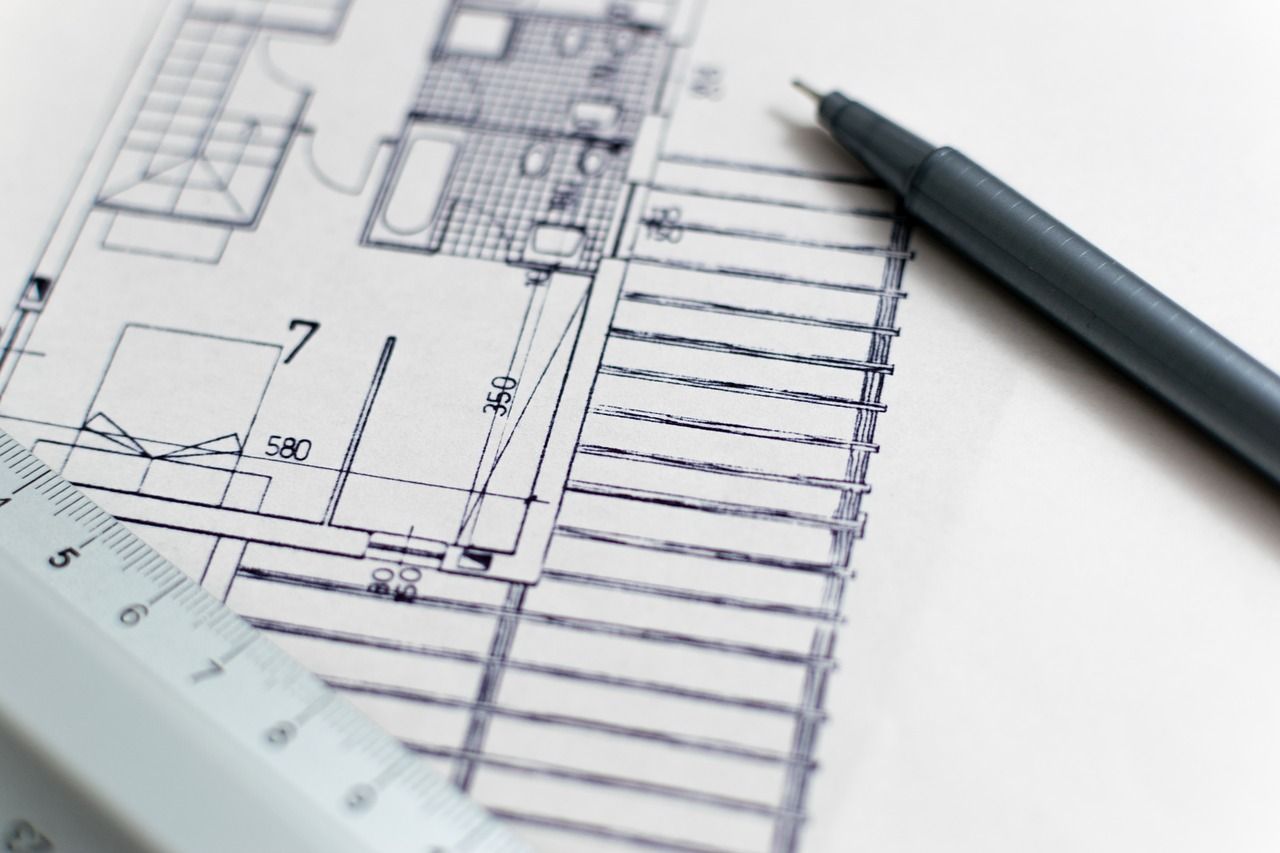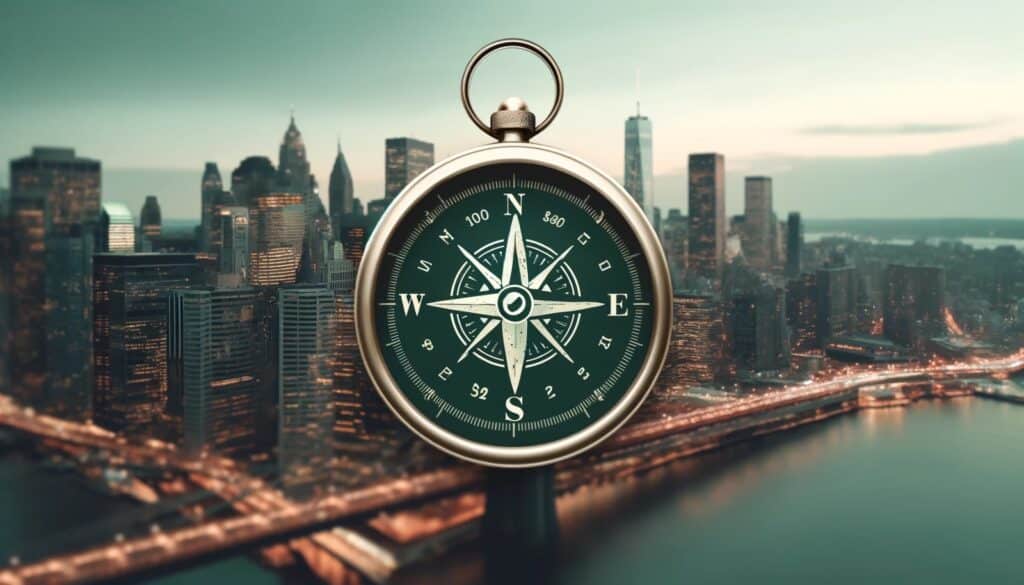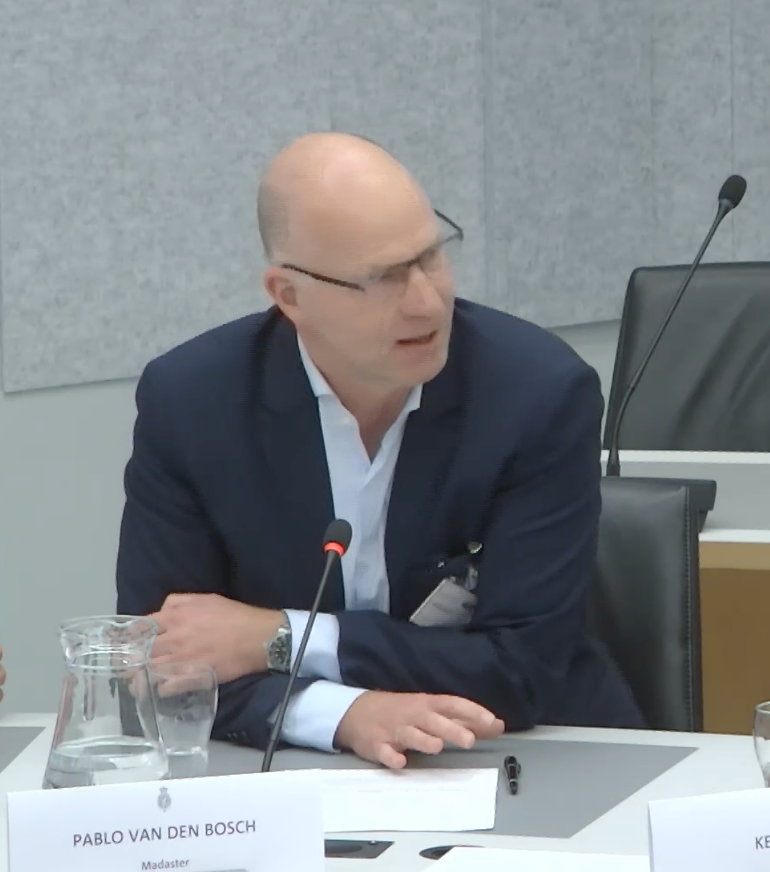MADASTER CIRCULARITY INDICATOR
Authors: Erik Bronsvoort (Madaster), Cecile van Oppen (Copper8)
In the blog titled ‘Madaster in development’, platform architect Sander Bosman explains how the Madaster platform is being developed. One of the interesting aspects of Madaster is that it provides an indication of a building’s circularity, thus providing its user with an idea of potential improvements that could lead to even better circular designs.
How could circularity be measured?
What is the circular alternative to linear? How to measure the circumference1 of a circle?
- Provide an indication of the starting position: determine the centre of the circle;
- Measure the length of the diameter: preferably using a ruler;
- Measure the circumference of the circle: with a calculator (or a very healthy set of brains) use π to determine the circumference.
Measuring a circle translates well into measuring circularity. Where you need only a ruler to measure the length of a line, measuring the circumference of a circle is slightly more complicated. In the first place, it is a combination of measuring (diameter) and assessing (the centre). Secondly, you need more than one tool to determine the variables. But mostly, we need to study the matter using common sense.
The momentum for the Circular Economy is both excellent and confusing. A recent academic study shows there are over 114 definitions of ‘circular economy’. With so many different ways of looking at the same concept, reaching consensus about the ruler to measure circularity is complicated. However, there is agreement about the need for such a ruler, because it is practical if building performance on circularity can be demonstrated and if offers can be compared objectively. In addition, it is also practical if suppliers are able to indicate the level of circularity of their particular product. Even more important would be to know which products and materials would be suitable for high-quality reuse in the future. This is the ultimate, underlying goal of Madaster’s material passports.
Where to begin?
Untangling the complexity is often the first step. The Circular Economy of course is the overall concept to which we wish to contribute, but there are many different subjects that converge within such an economy; for example, the high-quality reuse of materials, applying renewable energy, preventing the use of toxic substances in materials that would preclude them from future reuse, responsible use of water, as well as various social aspects, just to name a few. Measuring the ‘contribution to the circular economy’ seems nigh on impossible, because of the systemic interwovenness of the various themes.
Measuring ‘circularity’ itself, however, looks easier, with the emphasis on looks. The transition from our linear (make–take–waste) way of thinking to one that is circular, in principle, calls for renewed attention for the subject of ‘material’. This is why Madaster started out from a rather narrow focus on precisely that: the use of materials. Even within this narrow focus, lengthy discussions can be held on how circularity could be measured (which is precisely what we did — among other things, in a number of Expert Sessions involving various stakeholder groups).
1 To refresh your memory, the mathematical formula for the circumference of a circle is π*d
The measurement methodology that we use originated from our vision on circularity: it is about the circular use of materials from the past to the present, as well as from the present to the future. In other words, we strive to avoid the depletion of new raw materials to the largest degree possible, by awarding a certain value to the reuse of ‘everything there is’ as well as doing so for everything that could be reused again in the future.
AN EXAMPLE:
A building constructed today from a very high percentage of recycled materials is not necessarily a building that, at the end of its lifetime, can be reused to an equally high percentage, if during construction, for example, small amounts of toxic binding agents were used that cannot be removed, at the end of the building’s lifetime. Although the linear chain has been extended, it has not become circular!
To prevent having to reinvent the proverbial wheel for the creation of Madaster’s Circularity Index, we used information on the Material Circularity Indicators by the Ellen MacArthur Foundation. Naturally, these indicators formed only the starting point, after which we applied common sense to see how to adjust them so that they could be applied to buildings. In analogy with the measuring of the circle, we now have the following three variables in the Circularity Index:
- The starting position: the degree to which reused and recycled materials are applied in the construction phase of a building;
- The length of the diameter (literally translated as ‘the largest possible distance between two points on a circle’): the expected lifetime of the materials in their current application; the longer a product can be used, the better;
- The circumference of the circle: determine the degree of ‘circularity’ of materials in the future, that is to say, the degree to which these materials could be reused and recycled.
The ‘degree of applied reused and recycled materials’ (variable 1) can be measured, whereas this is more difficult for ‘the degree to which materials could be reused or recycled again’ (variable 3) — this pertains to future performance and is probably a combination of a theoretic number (degree of reusability/recyclability of the material as material) and an assessment (how are the materials combined into a product, and how is it mounted on or incorporated into a building). After all, containers with ‘waste’ from demolished buildings are full of materials that, in theory, would be 100% recyclable…
To measure circularity, we need to revisit our arsenal of measurement methodologies and measurement tools for the built environment. Our Madaster Circularity Index is the start of untangling complexity and introducing a new methodology. Feedback therefore is more than welcome, as the circular alternative to the ruler can only be achieved through collective intelligence!
At Madaster, development of the Circularity Indicator was led by Erik Bronsvoort. It was based on a study by the EllenMacArthurFoundation (2015) into the measuring of circularity. The indicator’s development was supported by various experts, including those from Copper8, EPEA and TNO.



